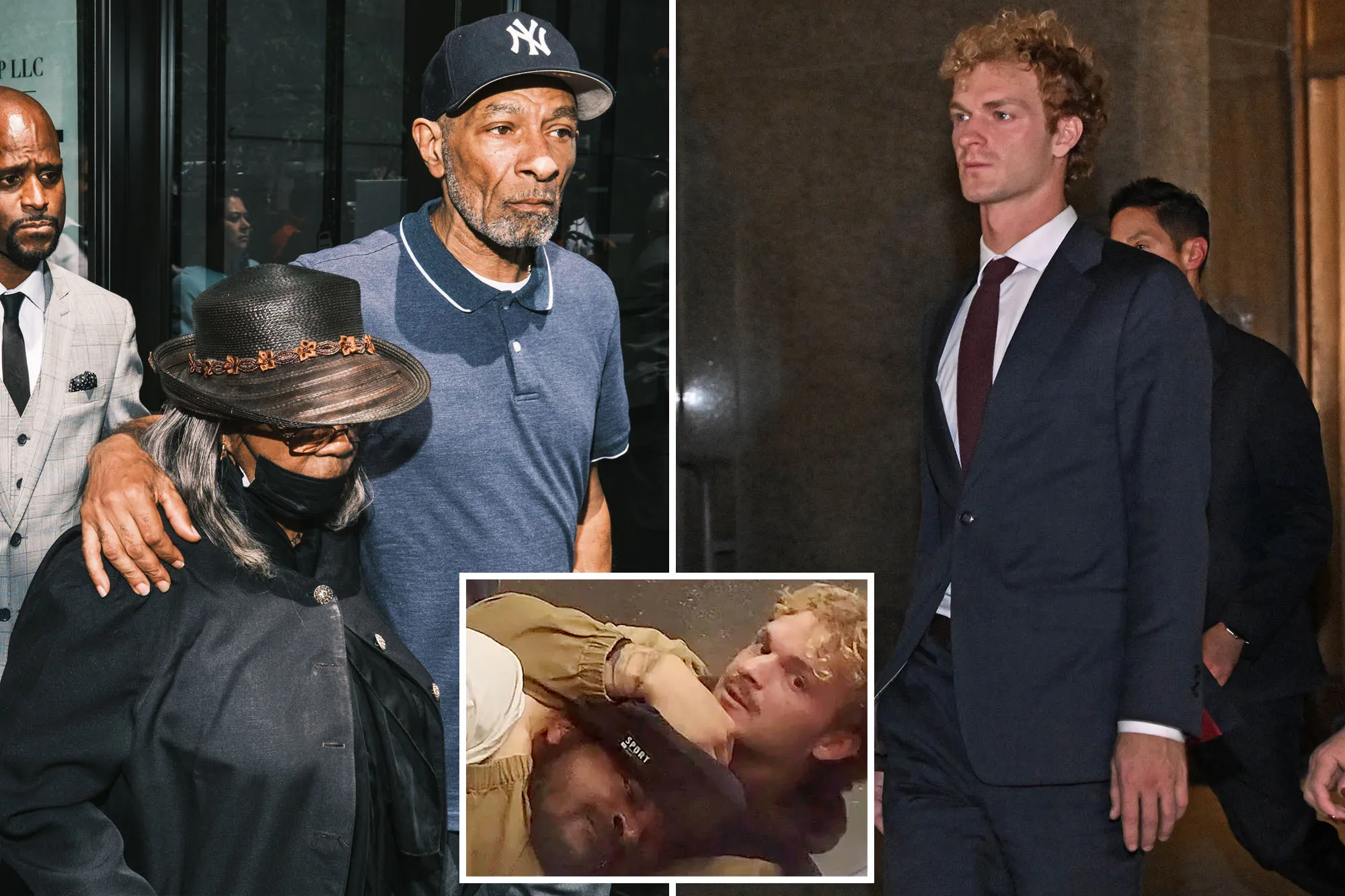Unraveling the Controversy: What Really Happened to Jordan Neely on the Subway?
In a tragic incident that has gripped New York City and sparked nationwide debate, the death of Jordan Neely on a subway train has become a poignant symbol of the complex intersections between mental health, homelessness, and public safety. The events of May 1, 2023, would forever change the lives of those involved and ignite a critical conversation about societal responsibilities and human compassion.
Jordan Neely, a 30-year-old homeless man with a documented history of mental illness, boarded the uptown F train at the Second Avenue stop on that fateful day. Witnesses reported that he was exhibiting erratic behavior, shouting about being hungry and expressing a desire to return to jail. These outbursts would set the stage for a confrontation that would end in tragedy.
Daniel Penny, a 25-year-old former Marine with martial arts training, was among the passengers on the subway that day. According to multiple accounts, Penny claimed he acted to protect other passengers from what he perceived as a potential threat. The situation quickly escalated when Penny placed Neely in a chokehold, a decision that would have devastating consequences.
Eyewitness accounts and video evidence revealed a disturbing sequence of events. Penny maintained the chokehold for approximately six minutes, only releasing Neely after he had become unconscious. The medical examiner would later rule Neely’s death a homicide, specifically citing “compression of neck (chokehold)” as the primary cause.
The incident brought to light several critical issues:
- The challenges of mental health support in urban environments
- The complex dynamics of public safety and intervention
- The systemic failures in supporting vulnerable populations
Neely was not just a statistic. He was a known Michael Jackson impersonator in his community, a person with a complex life story marked by struggles with mental illness. His documented history included schizophrenia, multiple hospitalizations, and previous arrests – a testament to the ongoing challenges faced by individuals with mental health issues.
The legal proceedings that followed drew significant media attention. Daniel Penny was charged with manslaughter and criminally negligent homicide, with the trial becoming a focal point for broader discussions about justice, mental health, and community responsibility.
New York City Mayor Eric Adams addressed the incident, emphasizing that “Neely did not deserve to die” and calling for improved support systems for individuals struggling with mental health challenges. The case highlighted the urgent need for more comprehensive and compassionate approaches to addressing homelessness and mental illness.
Public reaction was intense and divided. Protests erupted across the city, with activists demanding systemic reforms and better resources for the homeless population. The incident became a powerful reminder of the fragility of life and the critical importance of empathy and understanding.
A defense pathologist attempted to complicate the narrative, suggesting that Neely’s death resulted from a combination of factors, including mental illness and potential drug use. However, the medical examiner’s ruling of homicide remained a stark and undeniable fact.
The controversy surrounding Jordan Neely’s death extends far beyond a single incident. It represents a broader societal failure to adequately support and protect its most vulnerable members. The subway chokehold case became a mirror reflecting deep-seated issues of mental health care, social inequality, and community response.
As the legal proceedings continue and public discourse evolves, one thing remains clear: Jordan Neely’s death was a tragic reminder of the urgent need for compassion, understanding, and systemic change. His story is not just about a single moment on a subway train, but about our collective responsibility to care for one another.
Conclusion: The Jordan Neely case continues to challenge our understanding of public safety, mental health support, and human dignity. It demands that we look beyond simple narratives and work towards more nuanced, empathetic solutions for our most vulnerable community members.






Leave a Comment